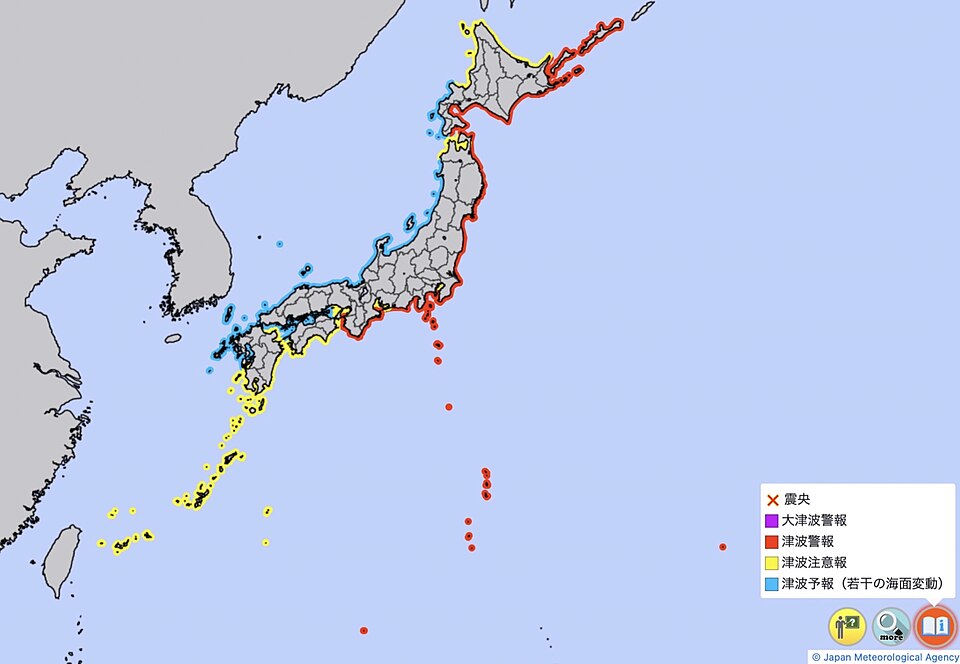Japan Issues Tsunami Warnings Following 8.7 Magnitude Earthquake

On July 30, 2025, a powerful 8.7-magnitude earthquake struck off the coast of Russia's Kamchatka Peninsula, triggering tsunami alerts across the Pacific, including in Japan, Hawaii, and parts of the U.S. West Coast. The Japan Meteorological Agency (JMA) issued a tsunami warning shortly after the quake, predicting waves could reach heights of up to 3 meters. The earthquake occurred at 8:25 AM local time, approximately 250 kilometers from Hokkaido, Japan's northernmost island, although it was only slightly felt there.
The JMA initially issued a tsunami advisory but later upgraded it to a warning, emphasizing that "tsunamis will strike repeatedly" and urging residents to avoid coastal areas until the warning is officially lifted. Evacuation orders were implemented for various coastal regions along Japan's Pacific coast from Hokkaido to Wakayama. As reported by NHK, the authorities stressed the need for precaution, advising the public not to enter the sea.
In Russia, the Kamchatka region reported wave heights reaching up to 4 meters, prompting immediate evacuation measures. Kamchatka's Governor Vladimir Solodov characterized this earthquake as one of the strongest in decades, stating that it caused damage to infrastructure, including a kindergarten, and led to several minor injuries. Emergency services were quickly mobilized to assess the damage and ensure public safety.
The United States Tsunami Warning Center also issued alerts for coastal regions, particularly in Hawaii, where evacuations were recommended due to the forecast of "destructive" waves. The US Geological Survey (USGS) noted that the earthquake struck at a depth of 19.3 kilometers, with its epicenter aligning closely with that of a devastating 9.0 magnitude quake in 1952, which had resulted in a significant Pacific-wide tsunami.
Shinichi Sakai, a seismologist at the University of Tokyo, commented on the potential for tsunamis generated by distant earthquakes, particularly when the epicenter is shallow. He highlighted Japan's vulnerability to such seismic events due to its location within the Pacific Ring of Fire, a region known for its high seismic activity.
In response to the quake, some train services were temporarily suspended by East Japan Railway as a precautionary measure. The National Police Agency of Japan has mobilized resources to assist in evacuations and ensure public safety. As the situation develops, officials are continuously monitoring seismic activity in the region, and further updates from the JMA and other agencies are expected in the coming hours.
This earthquake serves as a stark reminder of the seismic threats faced by nations surrounding the Pacific Ocean. As experts analyze the event's implications, the focus will remain on ensuring the safety of communities in affected areas and preparedness for future seismic activities.
Advertisement
Tags
Advertisement





